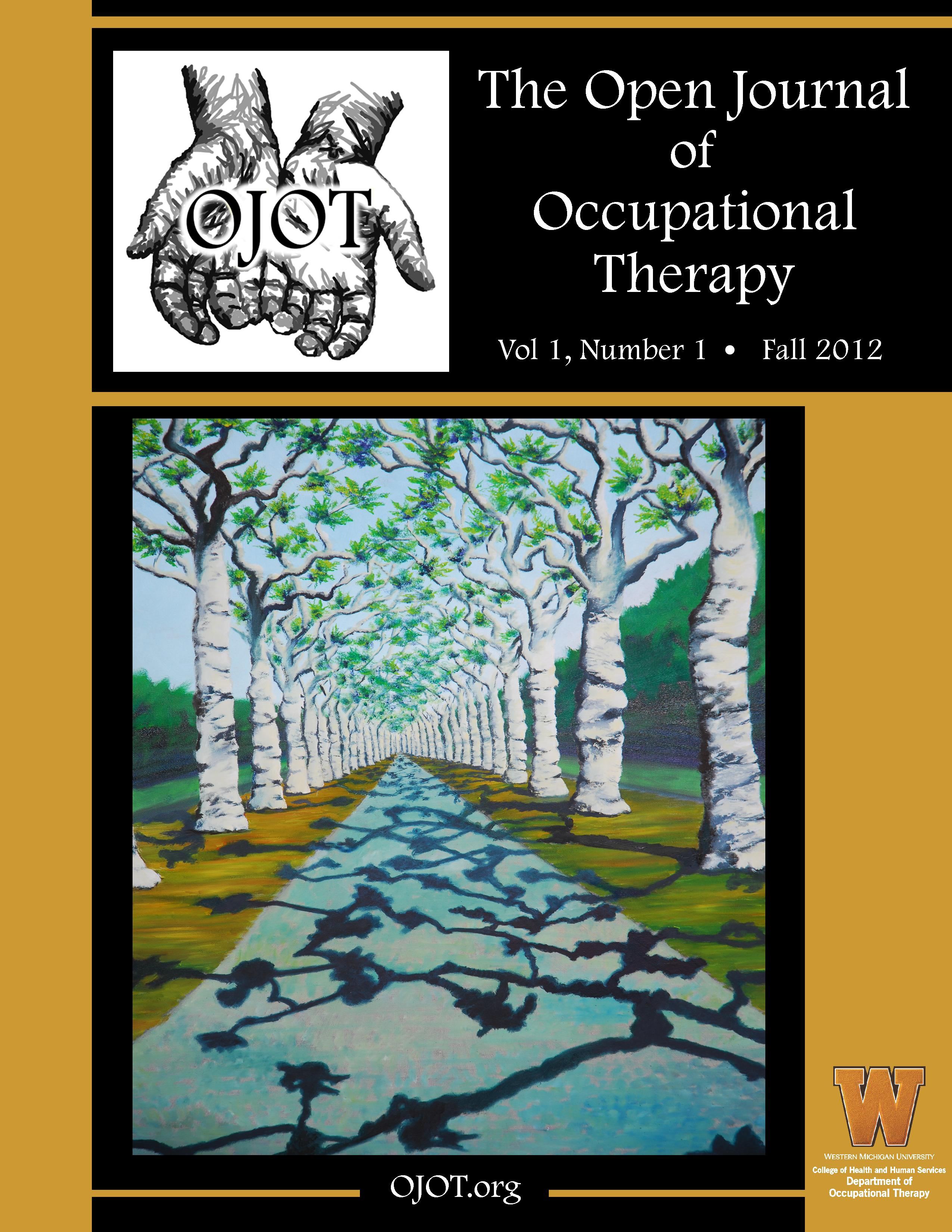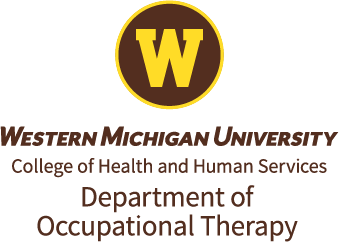ScholarWorks > HHS > OT > OJOT > Vol. 2 > Iss. 3 (2014)
Abstract
Background: Cardiovascular diseases remain the number one cause of death worldwide, and many survivors suffer lasting disabilities. Occupational therapy can help such patients regain as much function as possible. However, little is known about the factors influencing referrals to occupational therapy after stroke or myocardial infarction (MI).
Method: Data from the IMS Disease Analyzer® database were observed for a three-year period. The study population included 7,440 patients who were examined by a cardiologist due to stroke or MI. In addition to baseline characteristics, the presence of certain cardiovascular risk factors or comorbidities was recorded. Cox regression analyses were performed and the Charlson Comorbidity Index (CCI) was utilized.
Results: Occupational therapy was received by 1,779 patients; 88.5% had suffered an MI and 11.5% a stroke. In the group without referral (n = 5,661), 60.7% had experienced an MI and 39.3% a stroke. No significant gender-related differences were observed. Younger age, an MI diagnosis, and the presence of hypertension positively influenced referral rate and time, while risk factors, such as adiposity, delayed therapy. The CCI was higher in the group with occupational therapy.
Conclusion: The chance of being offered occupational therapy increased with younger age, history of MI, and the presence of hypertension. Future studies should also consider severity of ischemic lesion to account for the degree of remaining impairment.
Recommended Citation
Drosselmeyer, J., Jockwig, A., Kostev, K., & Heilmaier, C. (2014). Occupational Therapy After Myocardial or Cerebrovascular Infarction: Which Factors Influence Referrals?. The Open Journal of Occupational Therapy, 2(3). https://doi.org/10.15453/2168-6408.1090


